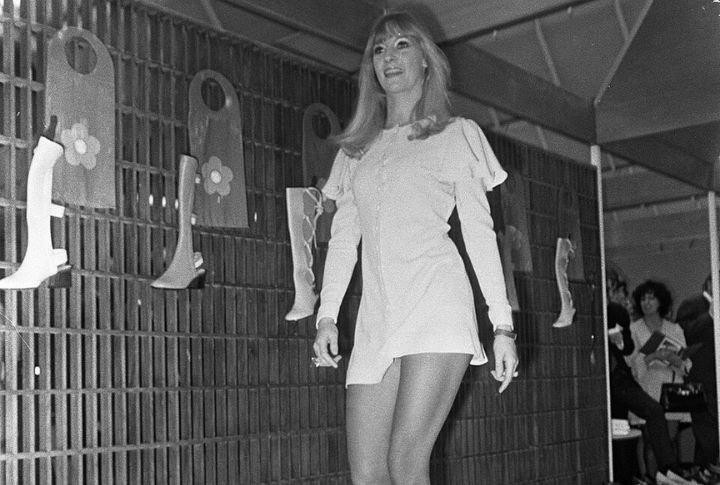
The 1960s marked a major turning point in fashion when clothing became a direct expression of cultural change. As youth movements gained momentum, designers began channeling that restless energy into bold new styles—and that’s when miniskirts took center stage. So, if you’ve ever been curious about how fashion got bold with miniskirts, these 20 moments trace the steps that made it happen.
Mary Quant Debuts The Mini Skirt In London
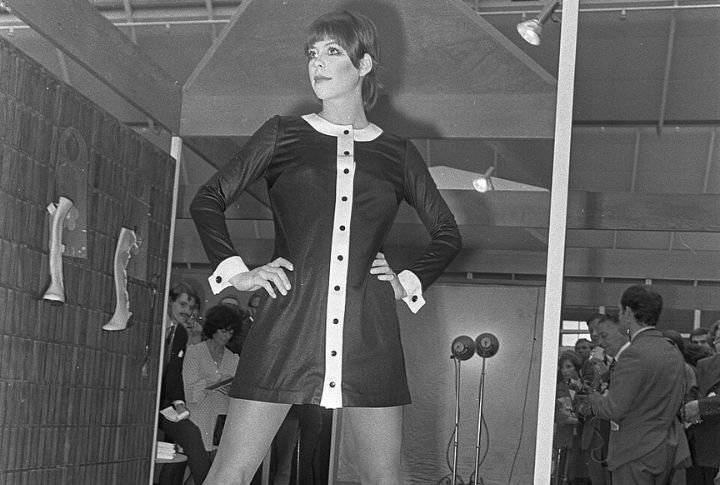
Mary Quant named the miniskirt after the Mini Cooper, reflecting her love for sleek design and speed. By 1964, she had already begun raising hemlines above the knee. This bold change took center stage at her King’s Road boutique, “Bazaar,” which quickly became a magnet for London’s fashion-forward crowd.
Jean Shrimpton’s Scandalous Melbourne Cup Outfit
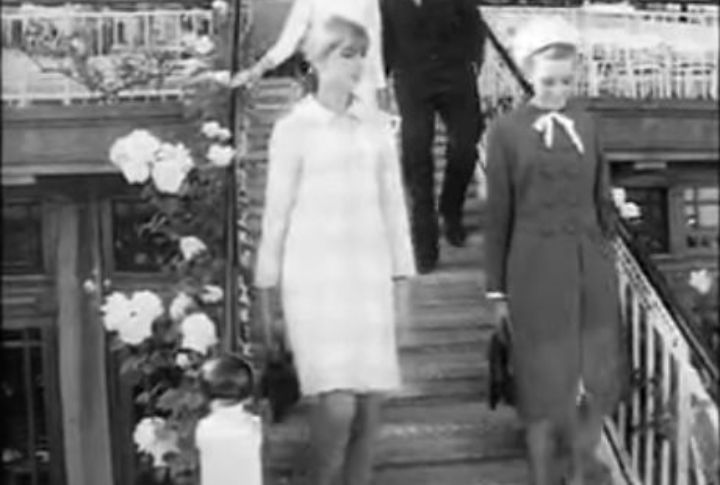
In 1965, Jean Shrimpton arrived at the Melbourne Cup in a white dress that ended four inches above the knee. Designed by Colin Rolfe with limited fabric, the look broke all expectations. Later, Australian media labeled it a fashion scandal, sparking headlines that reached far beyond the racetrack.
Twiggy Becomes The Face Of Mod Fashion
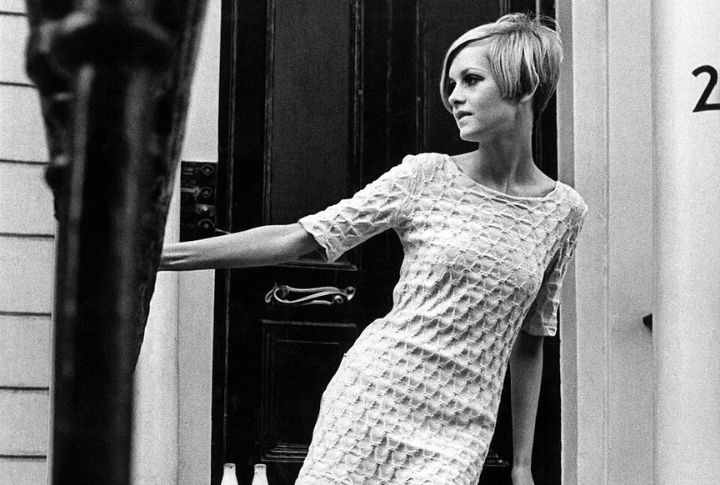
Discovered at 16, Twiggy quickly became the poster girl for miniskirt culture. Her slender frame and pixie cut turned heads, but it was her pairing of miniskirts with knee socks and bold makeup that defined the era. Magazine covers followed, cementing her as the face of the global “London Look.”
The Mini Skirt Hits Carnaby Street
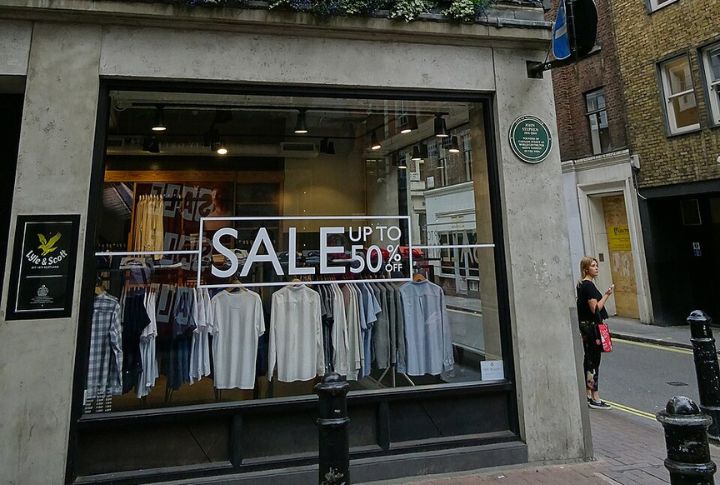
Carnaby Street became the center of London’s swinging fashion scene, with shops lining the road in bold colors and patterns. Mini skirts flew off racks as young shoppers chased the latest Mod styles. Moreover, designers like John Stephen made the look accessible, drawing crowds, including the Beatles and the Stones.
Andre Courreges Introduces The Space-Age Mini
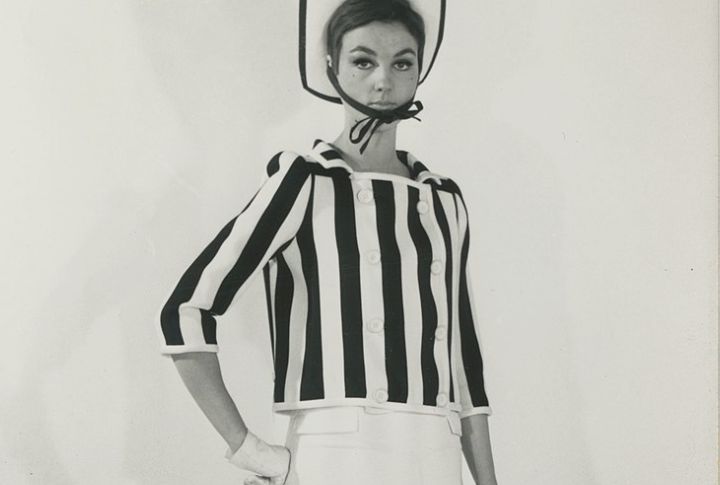
In 1965, Andre Courreges launched a futuristic miniskirt line that stood apart in sharpness and shine. Using vinyl, metal, and geometric cuts, he gave the silhouette a bold, modern edge. Paired with white go-go boots and helmets, his “Space Age” style sparked debates about who started it all.
The Beatles Influence Mini Skirt Mania
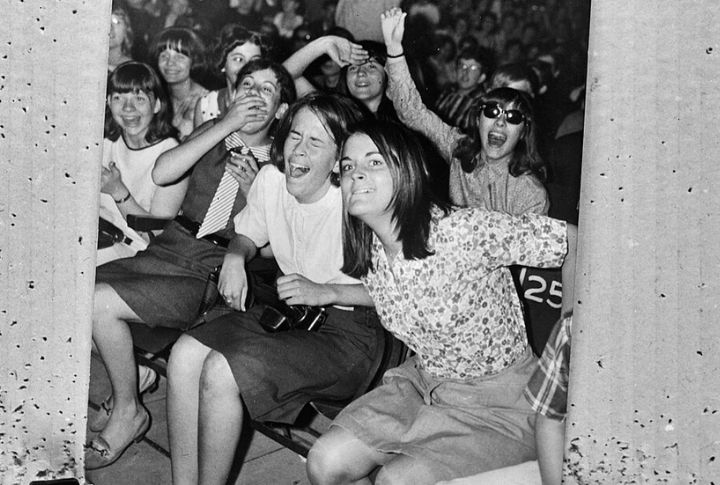
The Beatles set the tone for 1960s youth culture, impacting more than just music. Their female fans embraced Mod fashion, adopting miniskirts as part of their look. Most importantly, Beatles films regularly featured mini-skirted extras and dancers, further promoting the trend.
Paco Rabanne’s Metal Minis Shock The Runway
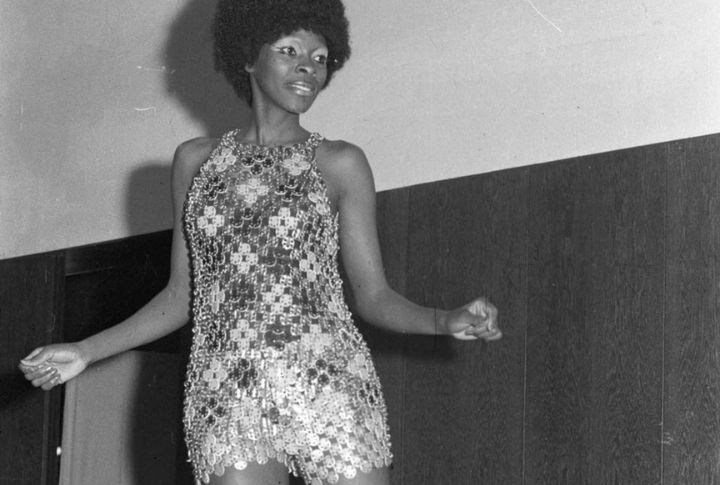
Paco Rabanne disrupted 1966 fashion with mini dresses made entirely of metal disks, introducing a radical departure from fabric-based design. Treated more like wearable sculptures than garments, his creations turned heads across runways and magazines.
“That Girl” Marlo Thomas Flaunts It On TV

Television screens lit up in 1966 with “That Girl,” starring Marlo Thomas as an ambitious, independent woman. Her character’s wardrobe was filled with stylish miniskirts. Department stores quickly followed suit, and short hemlines became a regular sight in American living rooms.
Goldie Hawn’s Mini Skirts Break Norms
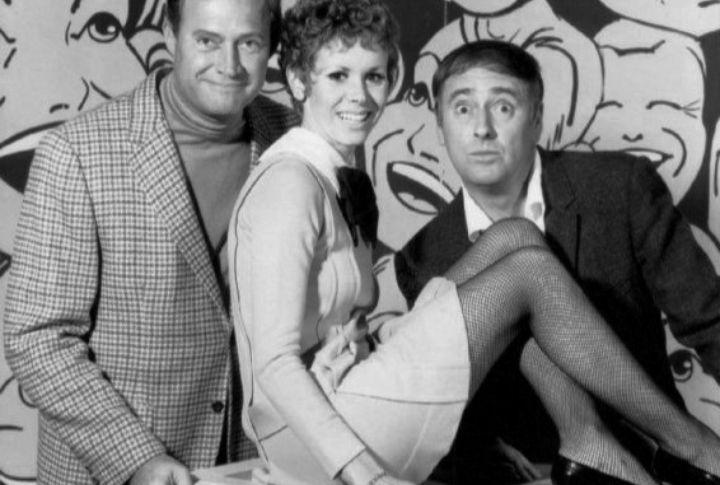
Goldie Hawn brought sequinned miniskirts and knee-high boots to prime time in 1968 on “Laugh-In.” Her bold outfits, paired with sharp comedic timing, turned her into a countercultural icon. Although NBC received mixed reactions, her style helped make absurdist humor fashionable on national television.
The Paris Protests And Youth Fashion Rebellion

In May 1968, the protests sweeping through Paris made fashion a visible form of dissent. Young women turned to miniskirts not just for style, but to reclaim control over their appearance. As demonstrations unfolded, the city’s streets showed a striking blend of political urgency and bold aesthetics.
Go-Go Boots Meet Mini Skirts In Clubs
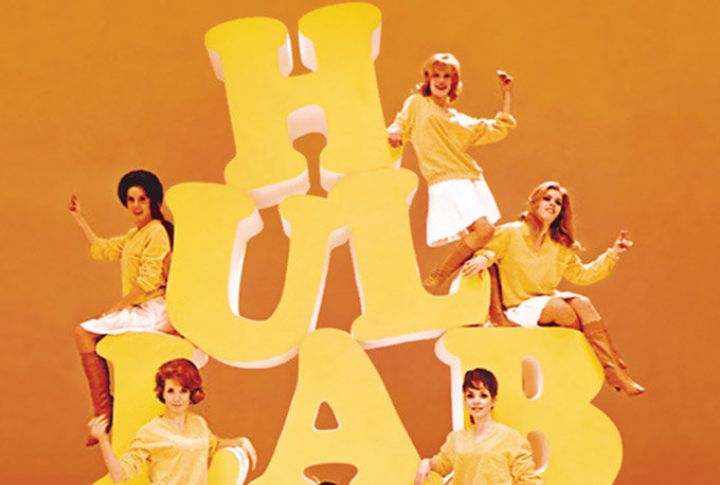
Go-go boots rose to prominence just as miniskirts captured the spotlight, forming a duo that defined 1960s nightlife. In dance clubs and variety shows like “Hullabaloo” and “Shindig!,” performers strutted in this pairing. Soon, the look became a statement, as fashion and music collided under flashing strobe lights.
Diana Rigg’s Emma Peel Redefines Spy Style
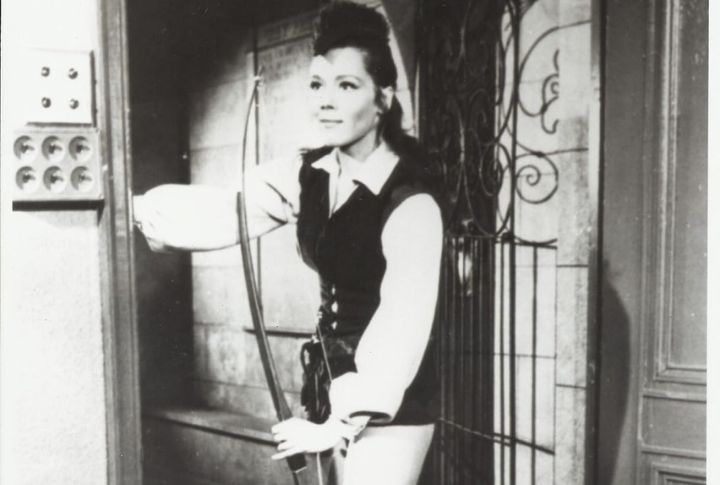
Diana Rigg’s role as Emma Peel in “The Avengers” combined sharp intellect, striking beauty, and expert martial arts. Her wardrobe featured leather miniskirts and fitted catsuits, shaping the era’s “spy chic” aesthetic. Peel’s style also turned Rigg into a recognized feminist fashion symbol around the world.
Sci-Fi Minis Capture Pop Culture
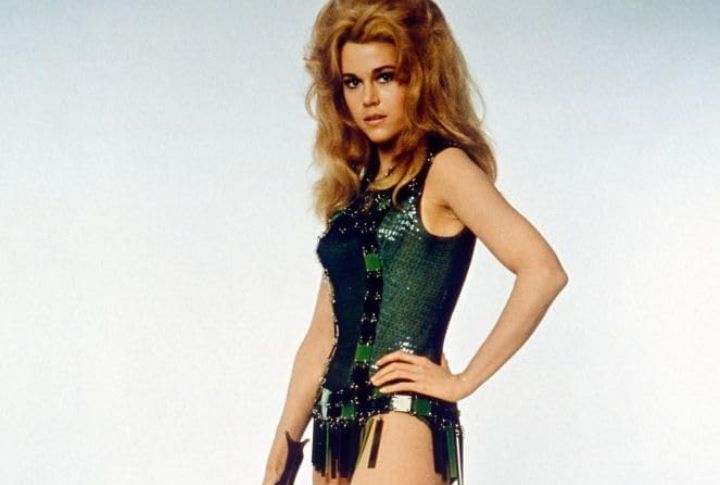
“Barbarella” premiered in 1968 with Jane Fonda dressed in futuristic miniskirts that reimagined sci-fi style. Designed by Fonteray, Rabanne, and Rizzo, her costumes pushed fashion into new territory. Plus, her look directly influenced later sci-fi films like “The Fifth Element,” where fashion played a central narrative role.
Brigitte Bardot’s Riviera Looks Go Global

Bardot popularized the casual miniskirt while vacationing in Saint-Tropez, where she frequently wore gingham prints and off-the-shoulder peasant tops. It was her laid-back Riviera style that helped introduce the “French Riviera” mini as a fashionable staple. Tourists across Europe quickly adopted the look.
Vidal Sassoon Cuts Match Mini’s Sharp Lines

Angular cuts took over London salons as Sassoon introduced his signature five-point bob to match the era’s rising hemlines. Designed with Mod aesthetics in mind, his sharp, minimalist styles complemented the geometric appeal of these skirts.
Time Magazine Declares 1966 The Year Of The Mini
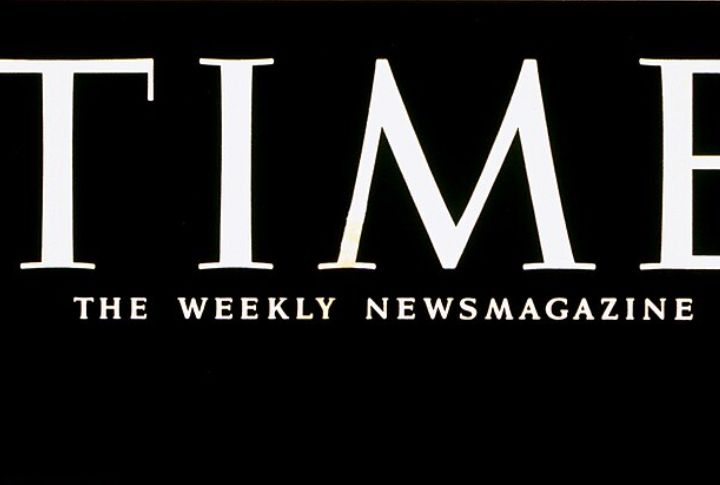
Time magazine officially named 1966 “The Year of the Mini,” signaling a shift in fashion’s power dynamics. The article highlighted how youth culture had taken the lead. What once stirred skepticism among fashion editors just gained validation from one of America’s top publications.
Mini Skirts Go Political At Miss America Protests
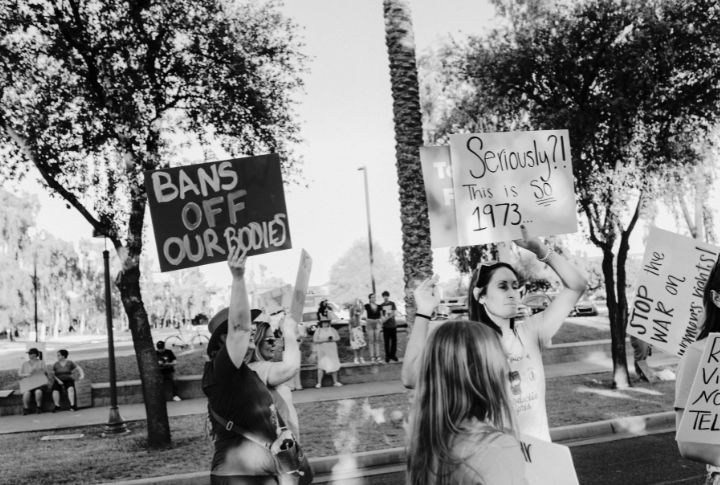
Mini skirts landed in the “freedom trash can” during the 1968 Miss America protest, tossed alongside bras and girdles as symbols of control. The skirts sparked fierce debate—some saw them as objectifying, others claimed them as empowering.
Cher’s Mini Looks Redefine Prime-Time Glam
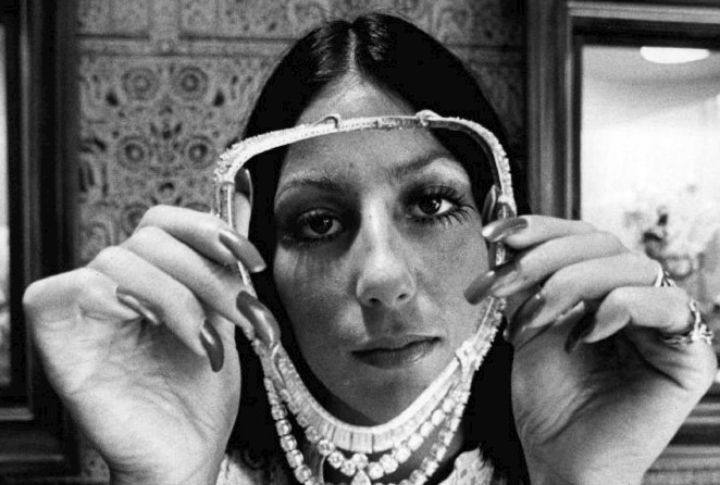
With Bob Mackie’s daring designs—full of sheer fabrics, bold prints, and glittering flair—Cher (“The Sonny & Cher Comedy Hour”) mixed hippie ease with Vegas flash. By breaking the mold, Cher also made the miniskirt a glamorous staple of television history.
London’s King’s Road Becomes A Miniskirt Catwalk
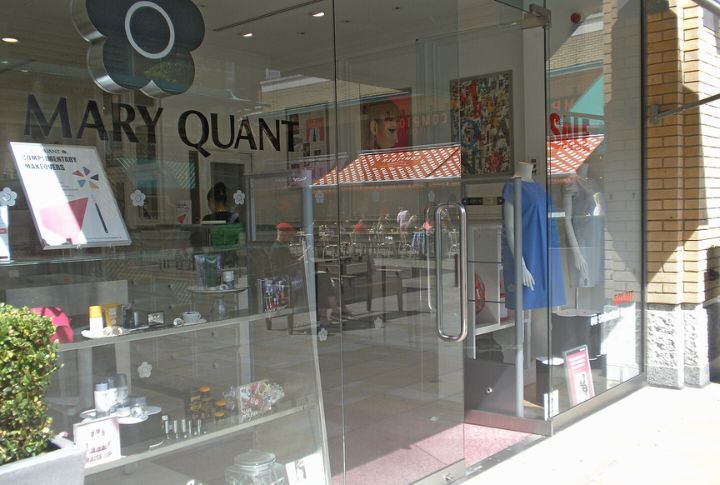
King’s Road in London became the heartbeat of miniskirt culture, lined with boutiques like Granny Takes a Trip that catered to bold, fashion-forward youth. It was a living runway where handmade and limited-edition minis made statements. Each sidewalk stroll added to the skirt’s rise as a sign of creative freedom.
Mini Skirt Becomes A National Obsession
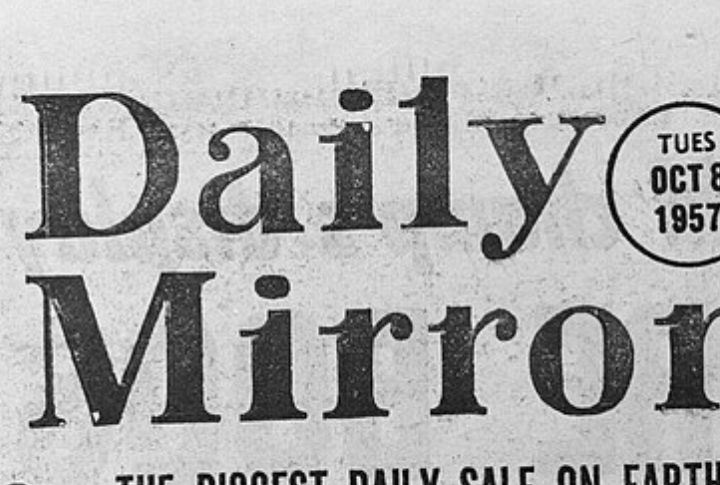
By 1967, Britain’s “Daily Mirror” devoted front-page headlines and fashion spreads to the miniskirt, calling it a national obsession. Readers saw photos of everyday women on city streets, not just models, turning the mini into a cultural staple. And with press coverage reaching new heights, the skirt officially moved beyond fad status.
